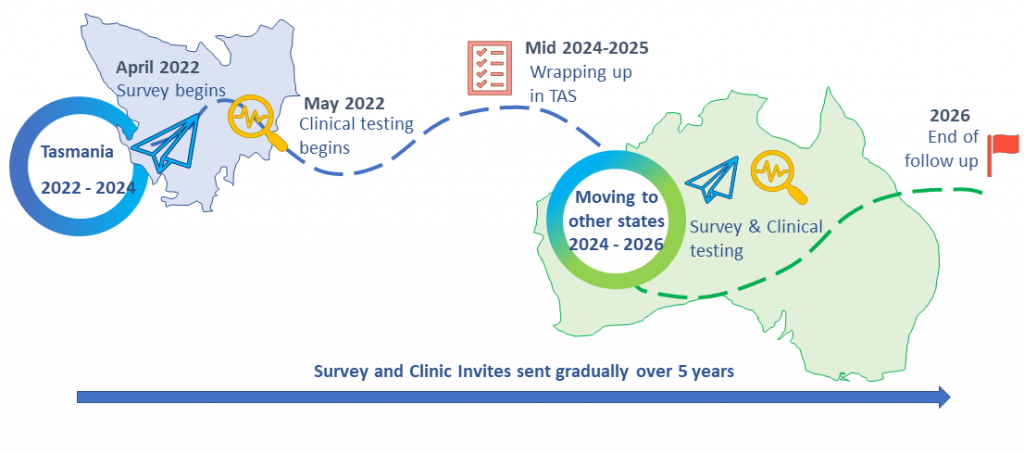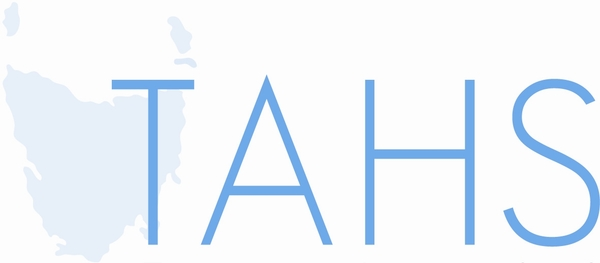7th-Decade Follow-Up
Data collection activities

The Health Survey can be completed online using a secure link, or in a paper booklet. The questions aim to capture detailed information about past and present health, medication use, lifestyle, and environmental exposures.
The survey takes 45-60 minutes to complete.
Clinic visits involve several different data collection activities. All participation is voluntary, and you may refuse some activities while still completing others.
1. Clinic Survey: A screening questionnaire will help us to analyse the clinical data from your visit. If there are questions that make you uncomfortable, you do not have to answer them.
2. Breathing Tests:
Spirometry: This is a standard test used to measure how well your lungs are functioning. You will be asked to breathe out forcefully to measure the airflow. After the first set of measurements, we will then give you doses of an inhaled medication commonly used in asthma known as a bronchodilator to help open up your lungs. After 10 minutes, airflow measurements will be repeated. We will need to take body measurements (height, weight, and size of hips, waist, and neck) in order to interpret breathing test results.
Forced Oscillation Technique: This is a unique and reliable method of looking at the narrowing of the airways. You breath normally into a device which sends sound waves down the airway. This will give us an idea of what is happening along the full length of your airway.
Expired Nitric Oxide (FeNO): We would like to measure the concentration of a particular gas (nitric oxide) in your breath. The test involves breathing into a machine 2 or 3 times.
3. Hand grip strength: squeezing a hand dynamometer as hard as possible.
4. Blood test: We will measure factors in your blood, such as proteins that regulate inflammation, to help study the causes of lung diseases.
We may ask you to take home a blood pressure machine to measure and record your blood pressure twice a day for seven consecutive days.
Each of these tests give us valuable information but are very quick to conduct. The clinic visit will take approximately 1 to 1.5 hours.
Approximately 1,000 participants across Australia will also be invited to participate in the chest CT sub-study. The selection of participants is based on lung function results of previous follow-ups.
The sub-study involves using a low dose Computed Tomography (CT) scan to produce thousands of images of the lungs, which are used to create a 3D image that shows lung structures in great detail.
Timeline

The TAHS 7th-Decade follow-up commenced in May 2022. We began by sending a small number of surveys and clinic invitations to probands residing in Hobart, Tasmania to manage the flow of participants attending our lung function clinics. Later in 2022, we expanded to Launceston and Burnie, in the north of Tasmania. We are gradually sending out surveys and clinic invitations in small batches. We will continue to run lung function clinics in Tasmania until late 2024-early 2025.
We aim to commence data collection in Victoria in 2024, followed by NSW, then QLD, SA and WA. The 7th-Decade follow-up will wrap up at the end of 2026.

